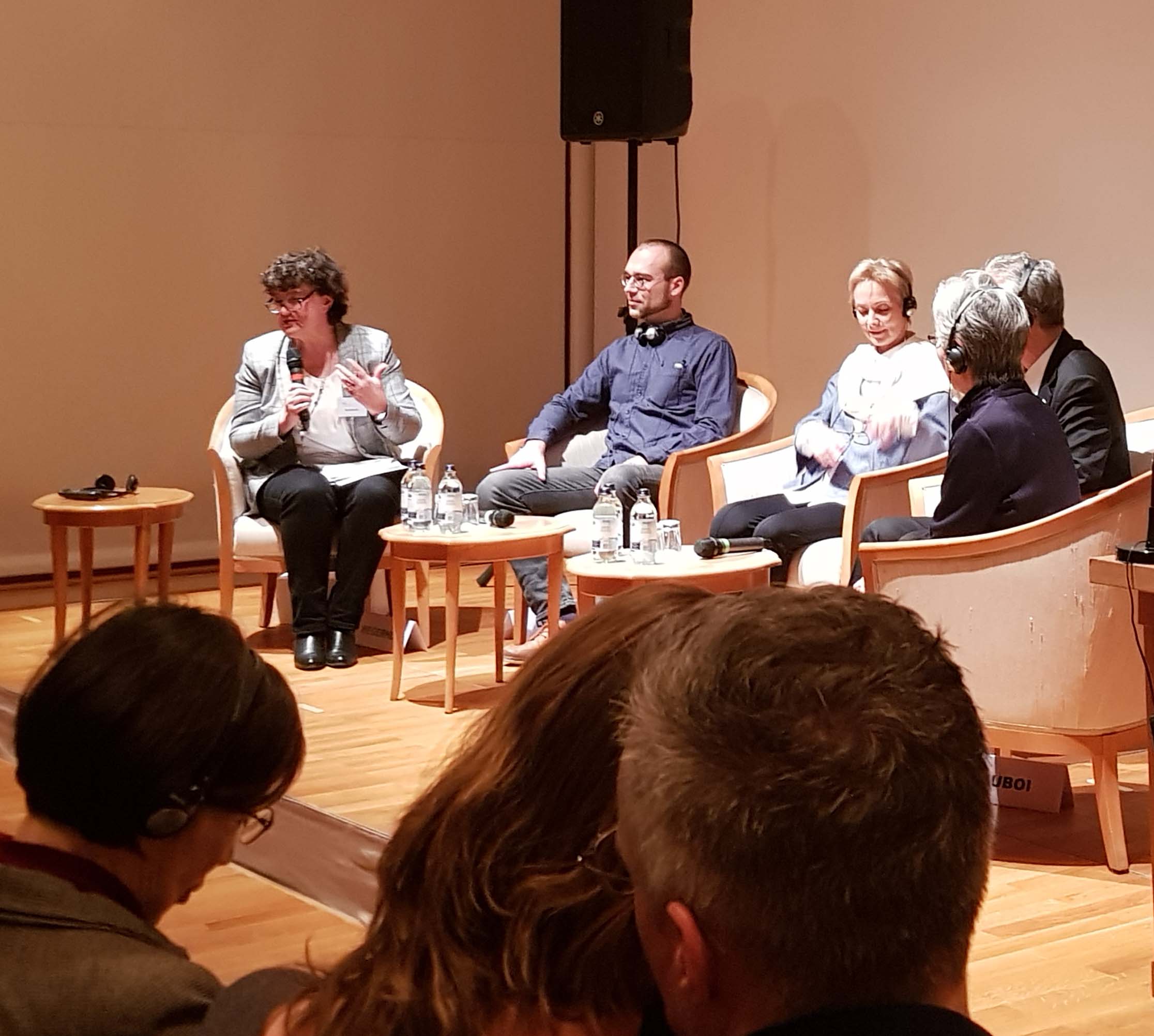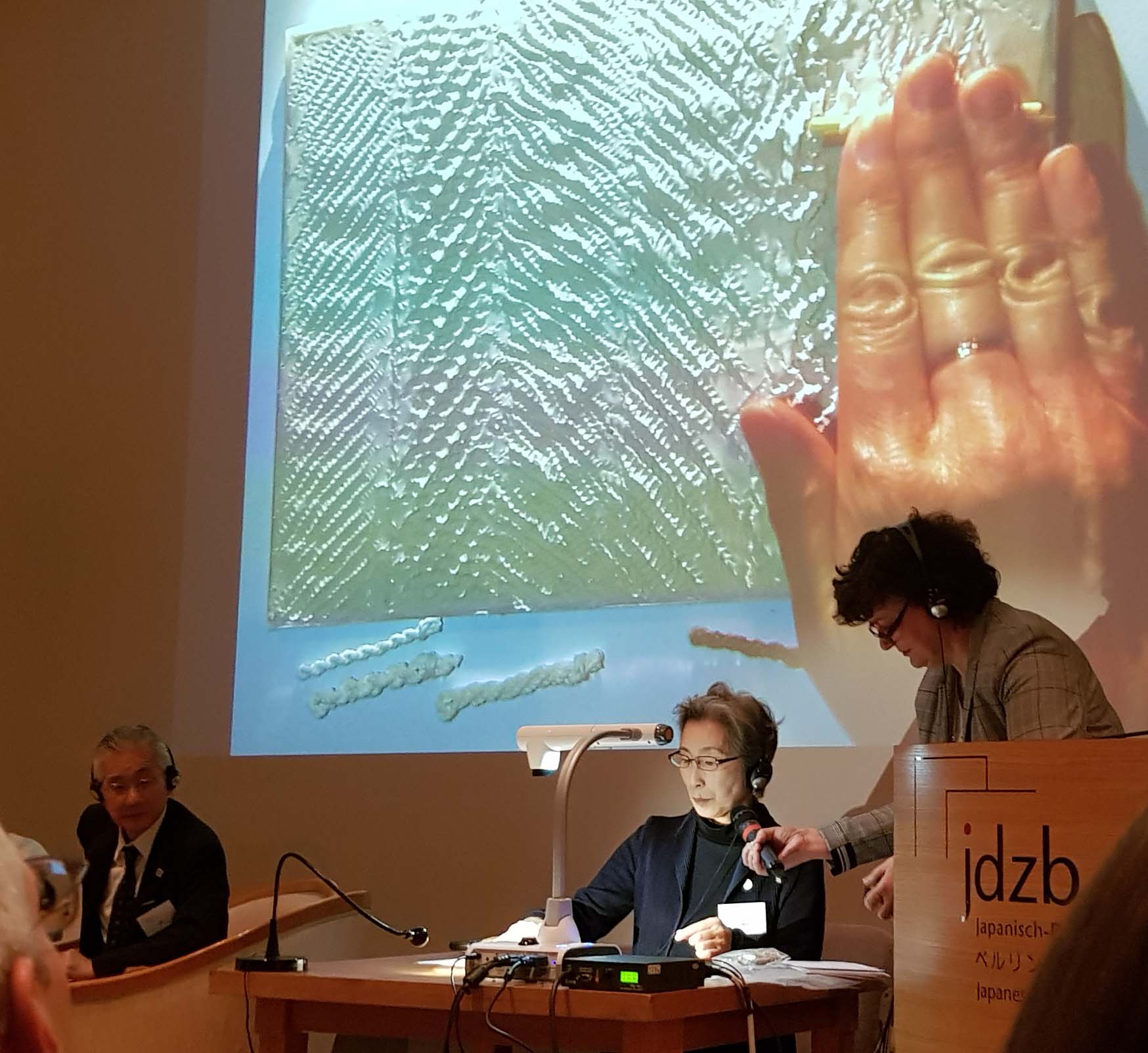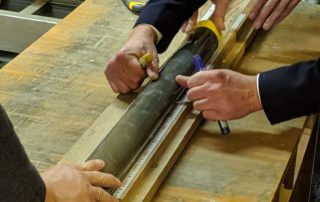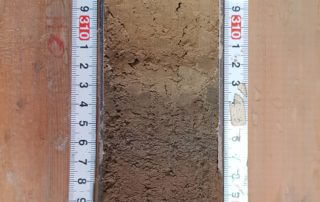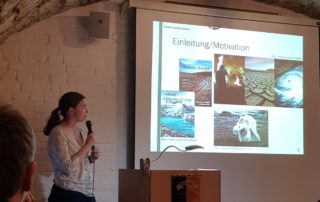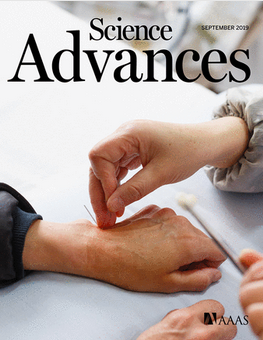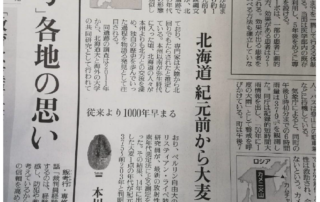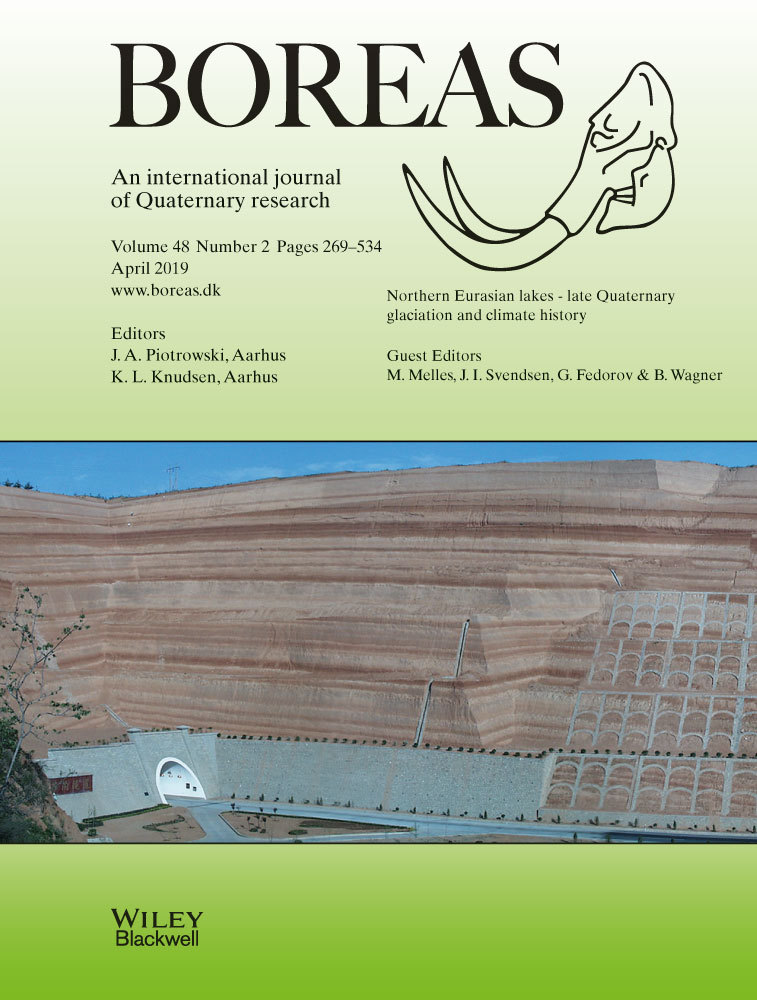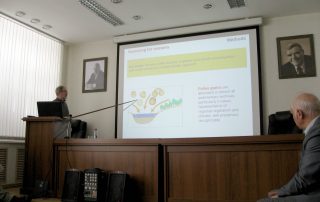“Bridging Eurasia” Workshop in Berlin “Archaeology in East Asia: Bridge Building to Natural Sciences”
Great news from Dr. Pavel Tarasov below!: "Bridging Eurasia" Workshop in Berlin, an International Workshop of the Bridging Eurasia Research Initiative "Archaeology in East Asia: Bridge Building to Natural Sciences" took place in Berlin 12-14 February, 2020. Jointly organized by Mayke Wagner (German Archaeological Institute), Pavel Tarasov (FU Berlin), and Christian Leipe (Nagoya University). About 25 colleagues from Germany, Russia, Taiwan China, and Japan were invited to present and discuss their research results related to the different fields [...]



